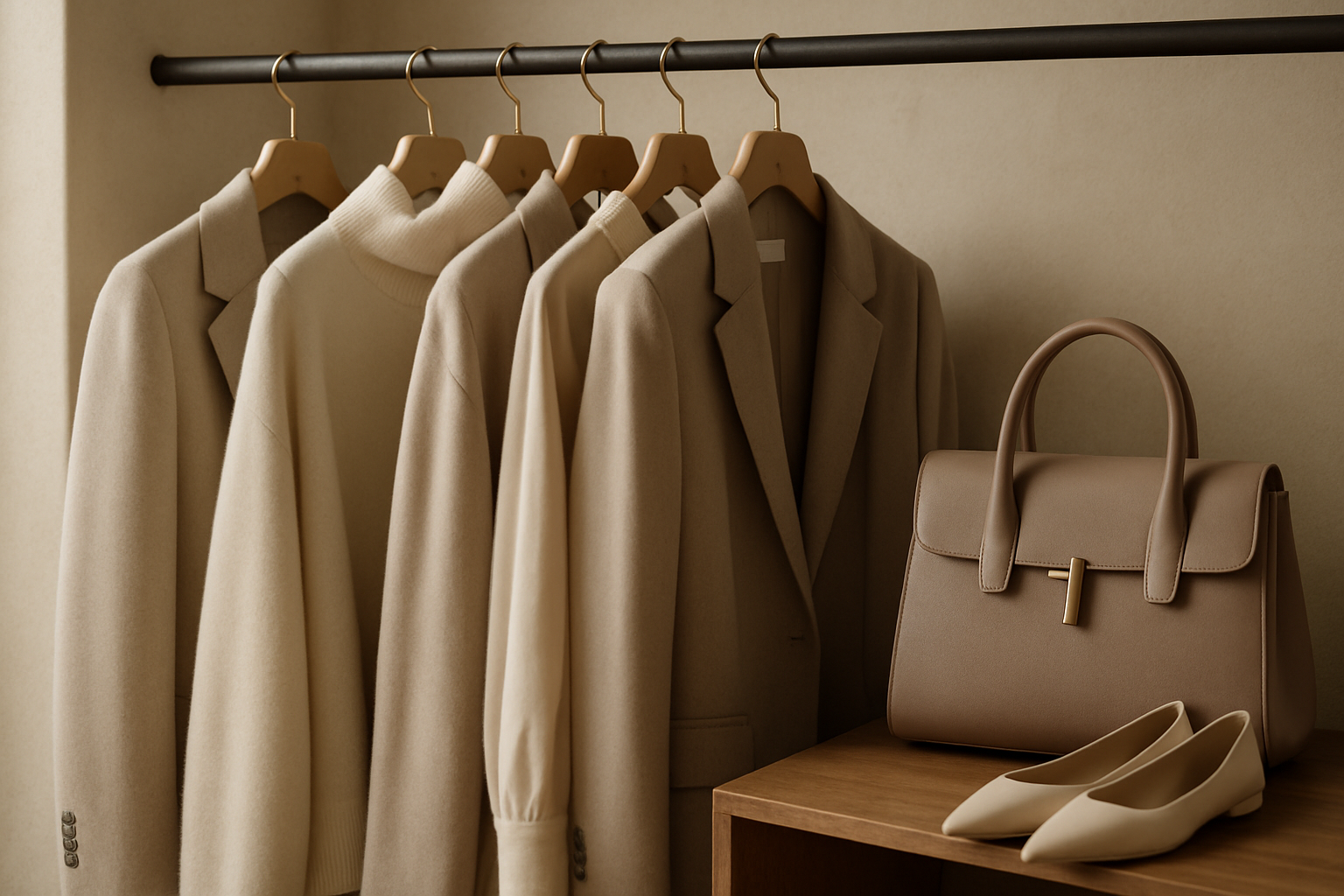Title: Dopamine Dressing: The Science of Mood-Boosting Fashion
Introduction: In the ever-evolving world of fashion, a new trend is emerging that goes beyond aesthetics and delves into the realm of psychology. Dopamine dressing, the art of wearing clothes that make you feel good, is taking the fashion industry by storm. This innovative approach to styling combines color theory, personal expression, and neuroscience to create outfits that not only look great but also elevate your mood.

The term dopamine refers to a neurotransmitter in the brain associated with pleasure and reward. While clothing itself doesn’t directly produce dopamine, the act of wearing items that make us feel good can stimulate its release. This psychological boost can lead to improved mood, increased motivation, and enhanced overall well-being.
The Role of Color in Mood-Boosting Fashion
Color plays a crucial role in dopamine dressing. Different shades can elicit various emotional responses and energy levels. For instance, warm colors like red, orange, and yellow are often associated with excitement, enthusiasm, and confidence. Cool tones such as blue and green can promote feelings of calmness and serenity.
When incorporating dopamine dressing into your wardrobe, it’s essential to understand which colors resonate with you personally. While general color psychology principles exist, individual experiences and cultural backgrounds can influence how we perceive and react to different hues. Experimenting with various color combinations can help you discover which shades boost your mood most effectively.
Texture and Form: Beyond Color in Dopamine Dressing
While color is a significant aspect of dopamine dressing, texture and form also play vital roles in creating mood-boosting outfits. Soft, cozy fabrics like cashmere or fleece can provide comfort and a sense of security, while structured pieces may inspire feelings of confidence and empowerment.
Experimenting with different silhouettes can also contribute to the dopamine dressing experience. Flowing, relaxed shapes might evoke a sense of freedom and ease, while more tailored pieces could instill a feeling of professionalism and competence. The key is to identify which styles make you feel your best and incorporate them into your daily wardrobe.
Personalization: The Heart of Dopamine Dressing
One of the most appealing aspects of dopamine dressing is its highly personal nature. Unlike following strict fashion rules or trends, this approach encourages individuals to tune into their emotional responses to clothing. What brings joy to one person may not have the same effect on another, making dopamine dressing a unique and personalized journey.
To embrace this trend, start by reflecting on your past positive experiences with clothing. Consider outfits that made you feel confident, comfortable, or simply happy. Identify common elements among these pieces, such as specific colors, patterns, or styles. Use these insights to guide your future fashion choices and build a wardrobe that consistently boosts your mood.
Integrating Dopamine Dressing into Your Daily Life
Incorporating dopamine dressing into your everyday routine doesn’t require a complete wardrobe overhaul. Start small by introducing mood-boosting pieces gradually. This could mean wearing a vibrant accessory with your usual neutral outfit or choosing a shirt in a color that makes you feel energized.
As you become more comfortable with the concept, you can expand your dopamine dressing practice. Create outfit combinations that spark joy and make you excited to get dressed in the morning. Remember, the goal is not to adhere to external standards of style but to cultivate a wardrobe that genuinely makes you feel good.
The Future of Mood-Boosting Fashion
As the fashion industry continues to evolve, dopamine dressing is likely to gain more prominence. We may see designers and brands incorporating mood-boosting elements more intentionally into their collections. This could lead to innovative fabric technologies, color combinations, and designs specifically crafted to enhance wearers’ emotional well-being.
Moreover, the growing interest in the intersection of fashion and mental health may inspire more research into the psychological effects of clothing. This could provide valuable insights for both consumers and industry professionals, potentially revolutionizing how we approach personal style and fashion consumption.
Dopamine Dressing: Practical Tips for a Mood-Boosting Wardrobe
• Start a color diary: Track how different colors affect your mood throughout the day
• Experiment with textures: Mix and match fabrics to find combinations that feel good against your skin
• Embrace patterns: Incorporate prints that bring you joy or evoke positive memories
• Invest in quality basics: Choose well-made, comfortable staples in colors that uplift you
• Accessorize strategically: Use accessories as mood-boosting accents to brighten up neutral outfits
• Create a feel-good corner: Designate a section of your closet for items that never fail to make you smile
• Practice mindful shopping: When purchasing new items, prioritize pieces that genuinely make you feel good
• Rotate your wardrobe: Regularly bring forgotten items to the forefront to rediscover their mood-boosting potential
In conclusion, dopamine dressing offers a refreshing perspective on fashion, emphasizing personal well-being over fleeting trends. By mindfully selecting clothes that positively impact our mood, we can transform our wardrobes into powerful tools for emotional support and self-expression. As this trend continues to gain traction, it has the potential to reshape our relationship with clothing, encouraging a more thoughtful and personalized approach to style.





